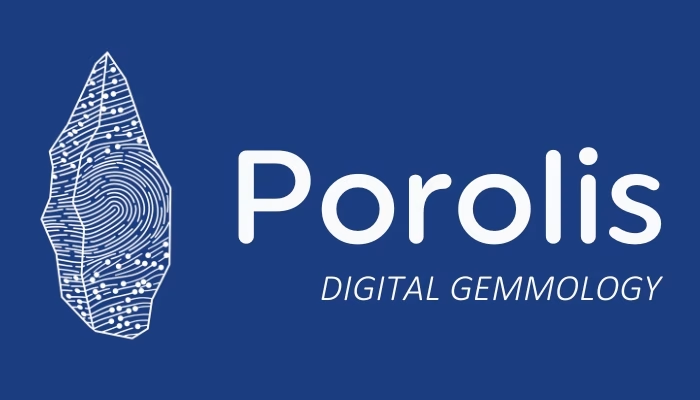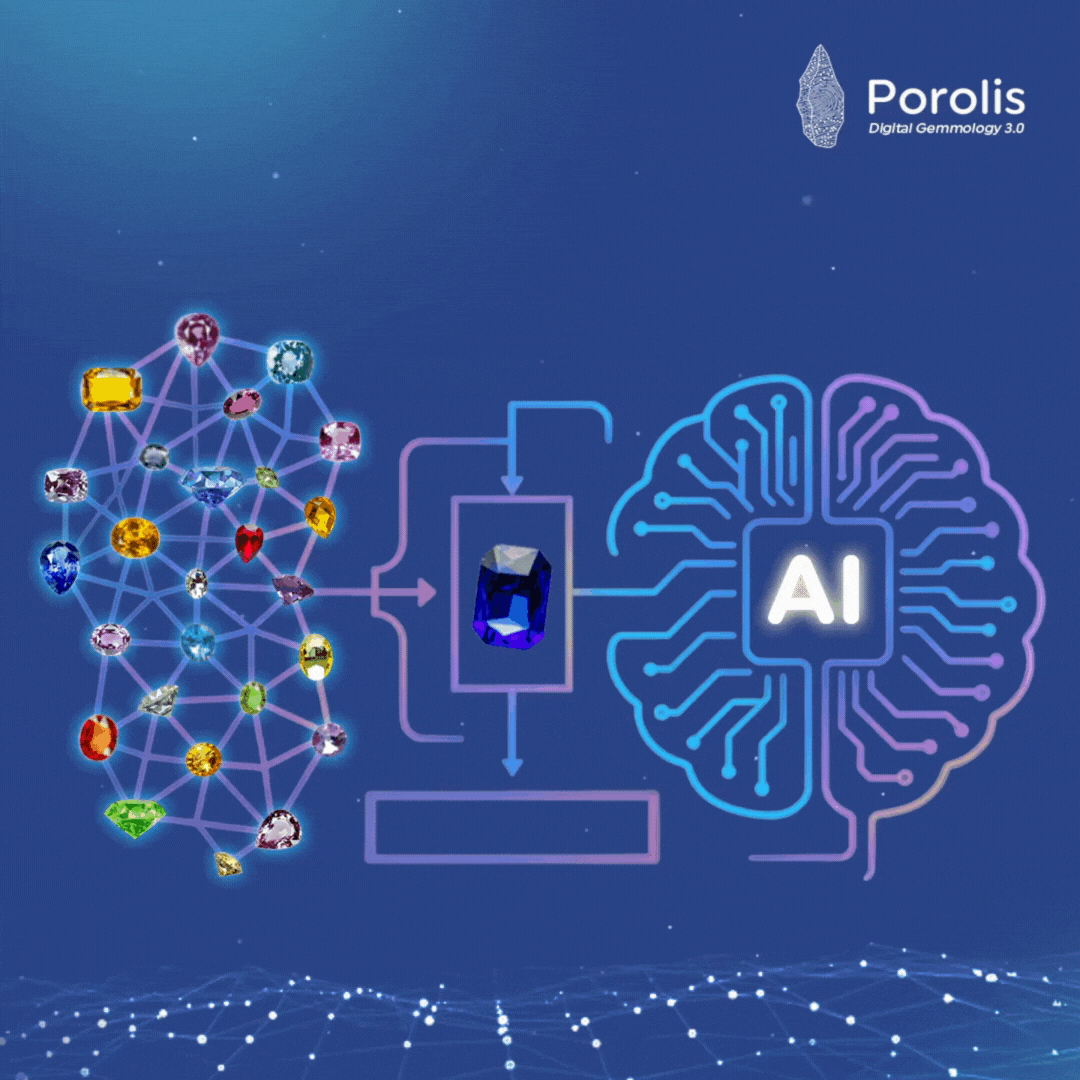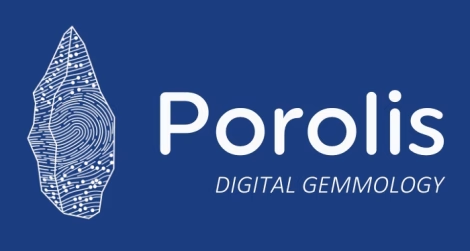Digital Gemmology 3.0 solves the challenges of gemstone assessment by leveraging two cutting-edge technologies – photomicrography and artificial intelligence. Microscopic features, previously decipherable only by seasoned gemmologists, are now unveiled with unprecedented accuracy, empowering a broader audience to engage in gemstone analysis.

Vincent Wong | Gamitha Amarasena | Koh Pei Qing | Chan Yee Ning | Tan Kay Hing | Chua Han Chong

August 21, 2024

Vincent Wong | Gamitha Amarasena | Koh Pei Qing | Chan Yee Ning | Tan Kay Hing | Chua Han Chong

August 21, 2024
The gemmology field can be regarded as an industry laggard to adopt cutting-edge technologies, but a transformative force is emerging – Digital Gemmology 3.0 . This groundbreaking discipline integrates advanced digital imaging methods and AI-powered algorithms to redefine the landscape of gemstone analysis. To comprehend the significance of Digital Gemmology 3.0, we first delve into the challenges plaguing conventional methods and how this innovative approach is poised to revolutionize gemmological practices.

Digital Gemmology 3.0 harnesses the power of optical imaging tools, image/video processing and AI to democratise gemstone assessment, bring about greater transparency and drive technical standardization across the industry.
Current Challenges in Gemstone Inspection
Traditional gemstone assessments, while rooted in established methodologies, encounter challenges that hinder consistency, standardization and accessibility. Distinguishing natural gems from synthetics, grading of colour and detecting treatments are perpetual hurdles. Conventional practices often require a high level of expertise, leaving a gap in accessibility for less-experienced gem enthusiasts. Furthermore, the lack of standardized practices and minimal knowledge sharing in the industry pose obstacles to gemmological certification in an objective manner. Testimonial of this is the highly subjective designation of a gemstone’s colour, which remains a contentious point due to the lack of industry consensus and accurate measurement tools.
Enter Digital Gemmology 3.0 - Rapid, Accurate and Reliable
Digital Gemmology 3.0, in essence, harnesses advanced optical digital imaging tools, image processing and artificial intelligence to bridge these gaps. This concept which is widely adopted in other industries revolutionizes gemstone analysis and authentication by combining high-resolution microscopic imaging with intelligent data processing such as focus-staking and high dynamic range imaging.
Digital Gemmology 3.0 addresses the challenges of gemstone identification through a meticulous fusion of cutting-edge photo-microscopy and artificial intelligence. Microscopic features, previously decipherable only by seasoned gemmologists, are now unveiled with unprecedented accuracy, empowering a broader audience to engage in gemstone analysis.
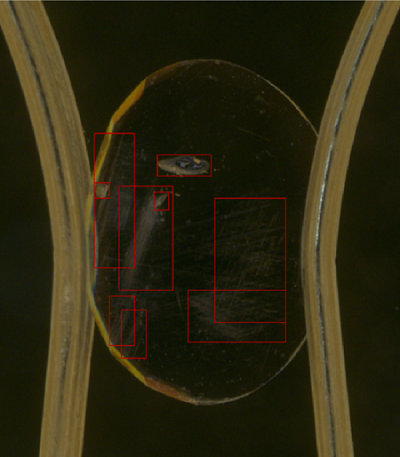
Object-detection AI models, trained with qualified gemmologist-labelled dataset, are deployed in Digital Gemmology 3.0 to detect and localise the presence of inclusions that are introduced only when gemstones are heat-treated to enhance its colour appearance. Both industry experts and enthusiasts can now benefit from low-cost solutions to make evidence-based decisions, supported with digital images and AI-inferences.
(Photo : 5-carat Yellow Sapphire – Acquired using KROMA 2X8MP at Porolis AI Research Lab)
Empowering Lesser Experts
One of the significant advantages of Digital Gemmology 3.0 lies in its democratization of gemstone analysis. By lowering the barriers to entry and making gemmological insights more accessible, this methodology empowers enthusiasts with a tool that was once exclusive to highly trained experts. The combination of digital imaging hardware and sophisticated image analysis techniques ensures that even those with limited expertise can navigate the nuances of gemstone identification, with the assistance of an AI-powered application behind the system.
As a true game-changer, Digital Gemmology 3.0 facilitates remote consultations through web-based platforms, allowing enthusiasts to seek expert advice without geographical constraints. This not only broadens the community engaged in gemstone analysis but also enhances the learning curve for those aspiring to become experts in the field.
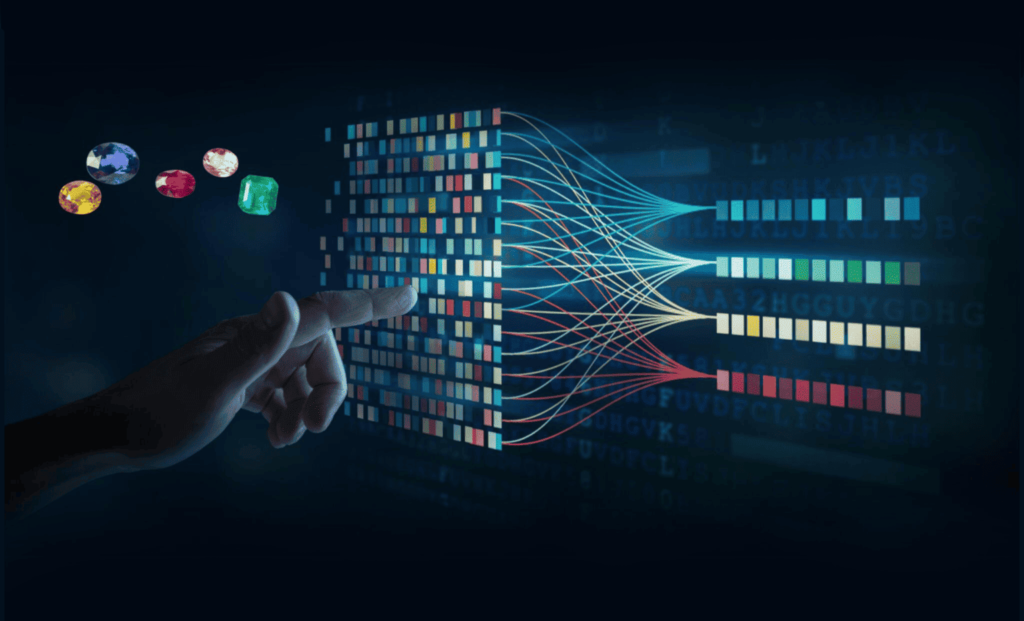
Computer vision systems, powered by AI and machine-learning, offers a new method to measure gemstone colour, objectively and consistently. Coupled to a gemstone colorimeter device calibrated to industry standards, the system can simulate the observation of human eyes and overcome the limitations of highly subjective human perception and judgment.
Archiving Images for Research and Trading
Digital Gemmology 3.0 introduces an archival aspect to gemstone analysis, a feature largely absent in conventional practices. The high-resolution images captured during the analysis are securely stored, creating a comprehensive record of each gemstone’s characteristics. This archival function serves multiple purposes, from research and education to establishing a detailed history of each gem, and to facilitate gemstone trading.
Imagine a virtual library where traders, jewelry designers, gemmologists, researchers, and enthusiasts can explore and analyse gems from a database accessible on the cloud. This not only enriches the body of knowledge in gemmology but also help promote global buying and selling of gemstones in a transparent way if features of the gemstones, together with its images of appearance and inclusions, are listed in a e-market place.
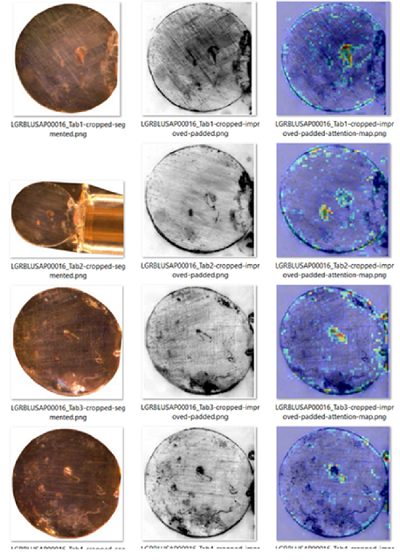
Leveraging on advanced AI visual-transformer algorithms, Digital Gemmology 3.0 is able to identify, characterise and map the unique features of a gemstone from the magnified image of its inclusions. This digital-tag represents the finger-print of the gemstone, thus offering a solution to prevent fraud, track its provenance and creation of non-fungible tokens (NFT) to be traded transparently on blockchains. The above 4 varied images (left column) are photographs of the table-facet of the same gemstone, and further processing using trained AI-models generates the feature maps (right column) for similarity-matching and uniqueness-identification. High-value gemstones can be scanned similarly and its digital signature recorded for verification in a central database.
(Photo : 4.5-carat Blue Sapphire – Acquired using KROMA 2X8MP at Porolis AI Research Lab)
Challenges and Promises
Like any nascent field, Digital Gemmology 3.0 faces its own set of challenges. The integration of new technologies into established gemmological practices requires a paradigm shift in the industry. Resistance to change, especially from organizations that benefit from an absence of industry-wide technical standards, present hurdles that must be overcome for Digital Gemmology 3.0 to reach its full potential.
Yet, the promises it holds are immense. Beyond the democratization of gemstone analysis and the archival benefits, Digital Gemmology 3.0 stands to refine current practices and shape the future of gemmology. By bridging the gap between experts and enthusiasts, Digital Gemmology 3.0 paves the way for a more inclusive and comprehensive understanding of the world of gemstones.
Conclusion
Digital Gemmology 3.0 represents a significant leap forward in gemstone analysis. By leveraging digital photomicroscopic tools and AI, this discipline empowers a wider audience, preserves the data and legacy of each gemstone, and sets new and objective technical standard for precision in gemmology. Playing catch-up to other industries, Digital Gemmology 3.0 is emerging fast not just as a technological advancement but as a catalyst for transformative change in the age-old art of gemstone analysis. Welcome to the future of gemmology – welcome to Digital Gemmology 3.0 .
